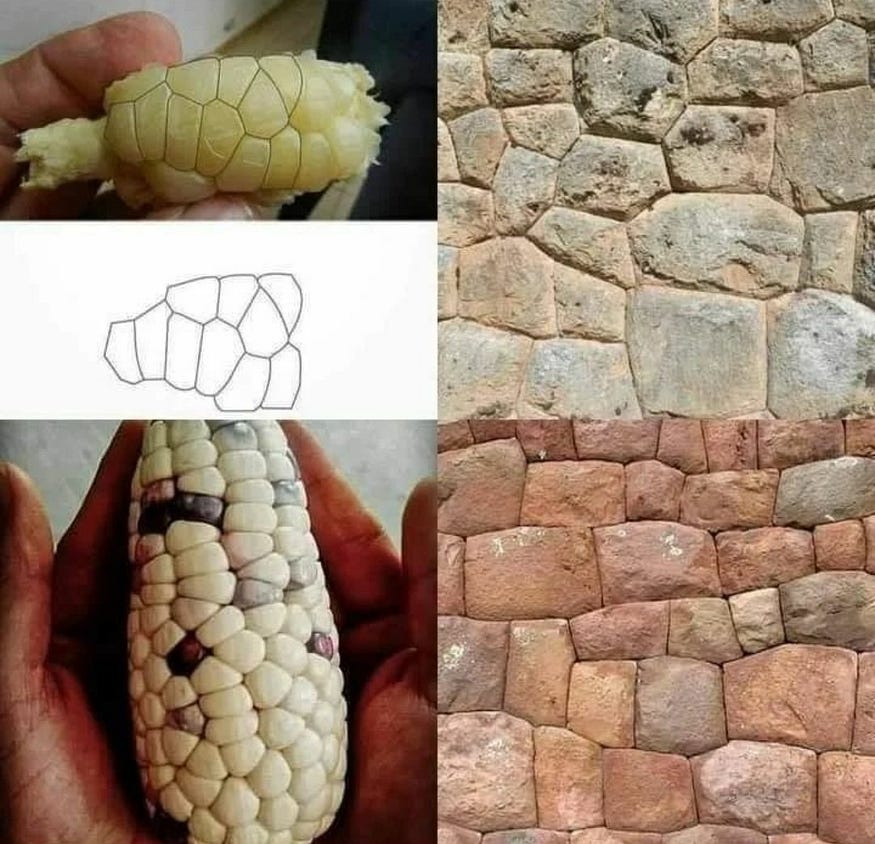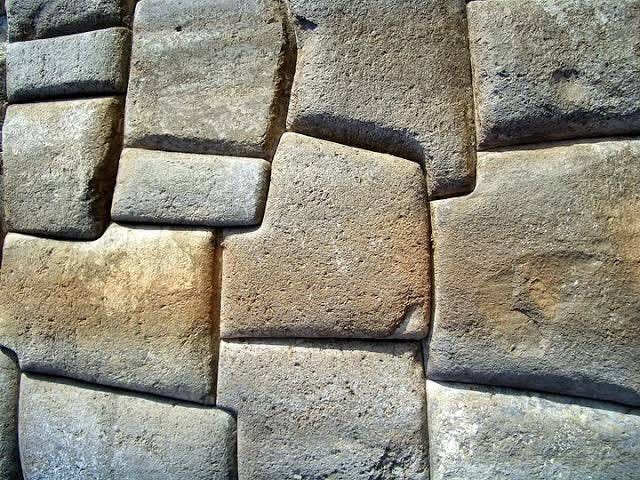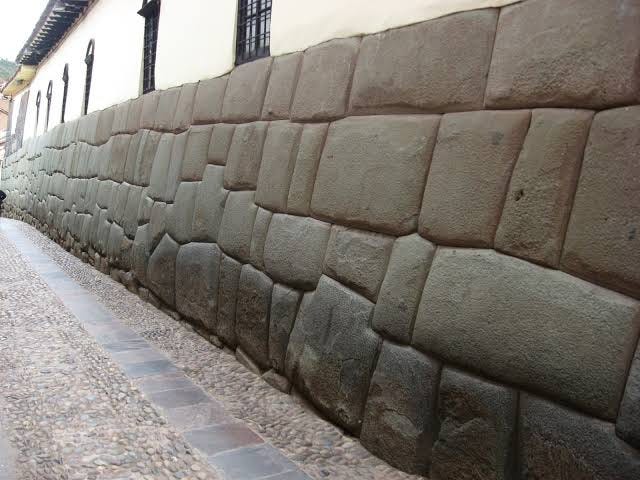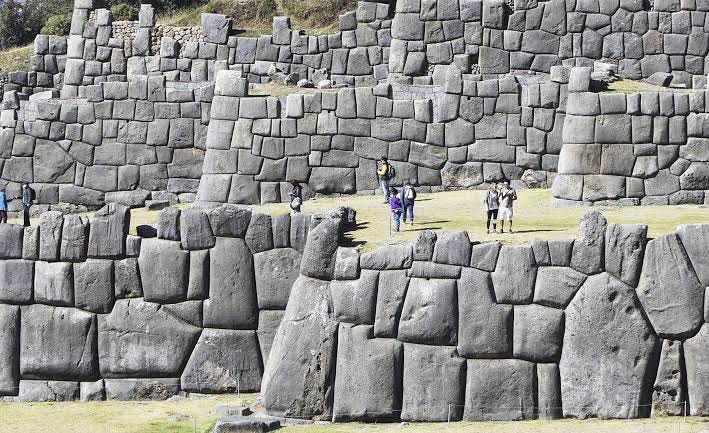In the heart of the Andes Mountains, nestled among the breathtaking landscapes of South America, lies a testament to the ingenuity and sophistication of ancient civilizations—the remarkable architecture of the Inca Empire. Built centuries ago, these structures continue to captivate the world with their grandeur, precision, and cultural significance.

At the core of Inca architecture lies a fascinating connection to one of the Americas’ most cherished crops: corn. Known as maize to the indigenous peoples, corn held immense importance in the lives of the Inca and other pre-Columbian civilizations. Its significance extended beyond mere sustenance, permeating every aspect of life, including architecture.

The History of Inca Architecture:
The Inca Empire flourished in the Andean region of South America from the early 15th century until the arrival of Spanish conquistadors in the 16th century. Their empire encompassed vast territories, stretching across present-day Peru, Ecuador, Bolivia, and parts of Chile, Argentina, and Colombia.
Inca architecture reflected the empire's advanced engineering and organizational skills. Their structures, often built without mortar, withstood the test of time and natural disasters, showcasing meticulous craftsmanship and an acute understanding of their environment.

The Significance of Corn in Inca Culture:
Corn held deep spiritual and cultural significance for the Inca. Revered as a gift from the gods, it symbolized fertility, abundance, and sustenance. Corn was not only a staple food source but also featured prominently in religious rituals, ceremonies, and art.
The Connection between Corn and Inca Architecture:
The design of many Inca structures, including temples, palaces, and agricultural terraces, incorporated elements inspired by the shape and symbolism of corn kernels. From the rounded corners of buildings resembling corn grains to the strategic alignment of structures with celestial events linked to agricultural cycles, the influence of corn is pervasive in Inca architecture.

One striking example is the famous city of Machu Picchu, a UNESCO World Heritage Site renowned for its architectural marvels. The layout of Machu Picchu mirrors the shape of a corn cob, with its terraces resembling the kernels of corn. This architectural feat not only demonstrates the Inca's reverence for corn but also their deep understanding of agricultural principles and environmental sustainability.
Preserving Inca Heritage:
Today, the remnants of Inca architecture stand as a testament to the ingenuity and cultural legacy of the Inca civilization. Countries like Peru, where many of these structures are located, recognize the importance of preserving and protecting their heritage sites.

Through ongoing conservation efforts and responsible tourism practices, we can ensure that future generations have the opportunity to marvel at the architectural wonders of the Inca Empire and appreciate the profound connection between corn and culture.
In conclusion, the architecture of the Inca civilization offers a window into a bygone era, where corn was not just a crop but a sacred symbol woven into the fabric of daily life. By exploring the intersection of corn and architecture, we gain a deeper appreciation for the rich cultural heritage of the Americas and the enduring legacy of ancient civilizations.
Source: https://medium.com/@archeologyaesthetic/the-mysteries-of-inca-pre-columbian-architecture-the-corn-connection-a1531ec7776e
